6. Heart of A Dog (2015)
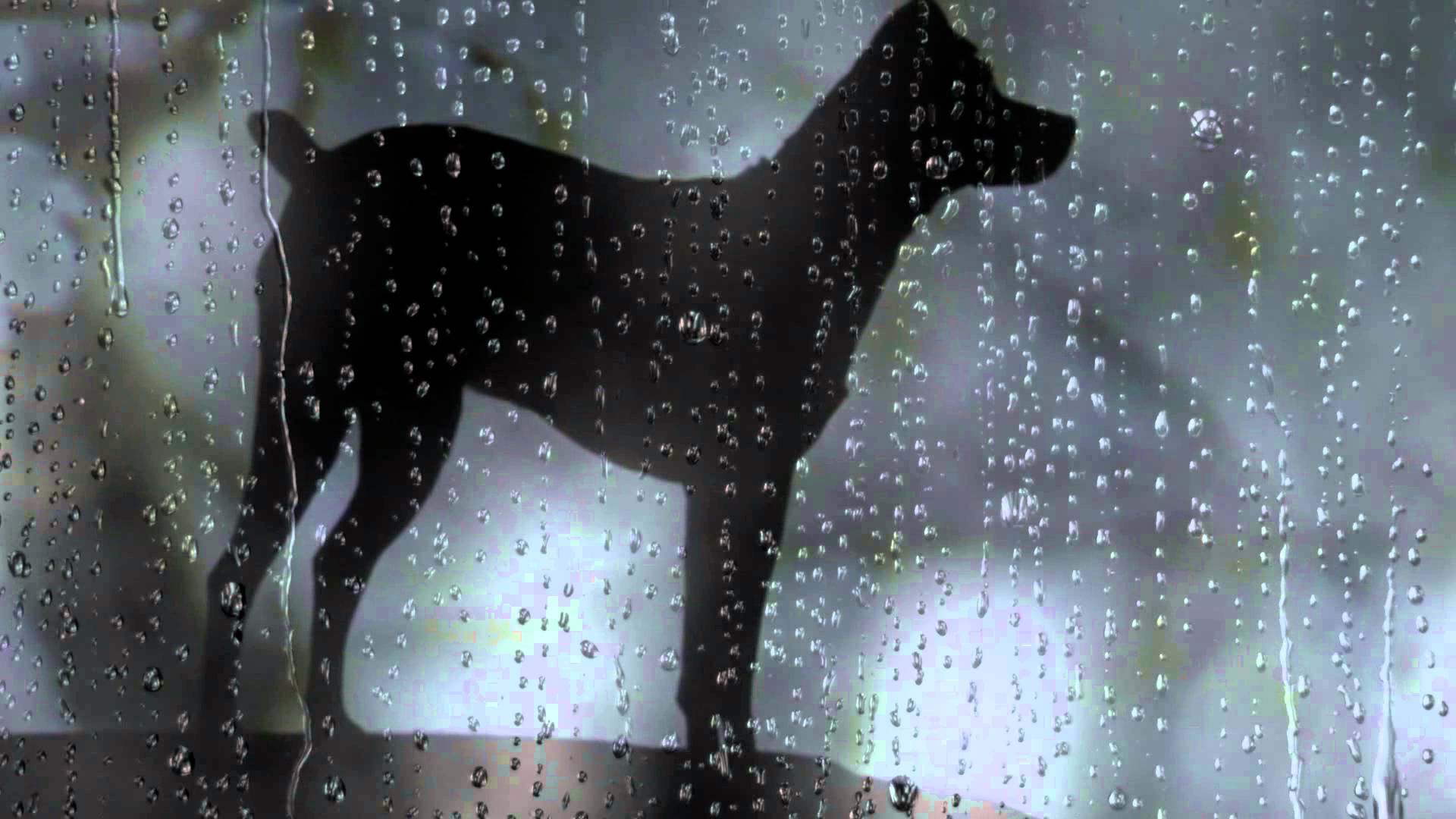
The only documentary on the list, in which multimedia artist Laurie Anderson discusses the life and death of her rat terrier Lolabelle. But wait, there’s so much more. Written, directed, and narrated by Anderson, the film is at times confessional, at times philosophical, and yet at other times the free association thought process that every person experiences during moments of confusion, doubt, or loss.
It’s an honest film, with Anderson revealing thoughts on very personal subjects. Using a combination of animation, 8mm home movies, and standard film, Anderson explores themes of love, spirituality, and impermanence, all filtered through her Buddhist leanings.
There is also a tangent into our new post 9/11 world of surveillance and how this has impacted our day to day lives. The film is very difficult to capture or characterize. It does not unfold in a linear fashion, but is more a montage of Anderson’s thoughts and feelings on various subjects at the time the film was made. A film she may have created as a form of personal therapy during a period of grieving. A challenging, unusual, but ultimately very rewarding experience.
7. Elle (2016)
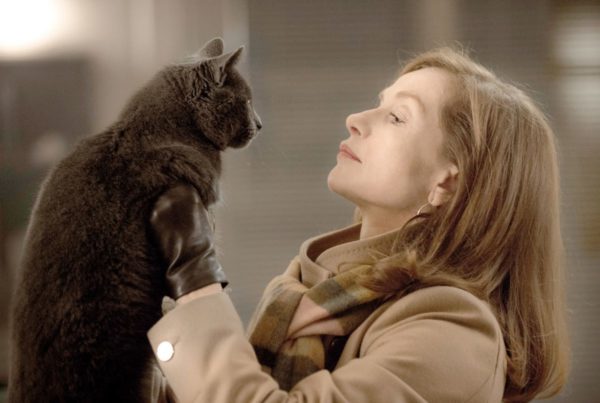
Directed by Paul Verhoeven and starring Isabelle Huppert, who won a Golden Globe and was Oscar nominated for the role, the film tells the story of Michele (Huppert), who at the outset is raped in her home and instead of calling the police, calmly takes a bath and calls for food delivery before then beginning an attempt to track down the man responsible. However, as is often the case in a Verhoeven film, things are not as straight forward as they first appear and this is far more complicated than a simple tale of revenge.
The film subversively deals with themes of class, sexual politics, and the huge gap between what we show others and what we truly are at our core. This is exemplified perfectly by the central character of Michele, who while appearing stable and in control on the surface is clearly harboring some deep seated and profound emotional issues. Even once the identity of the rapist is revealed, there is no simple conclusion as would be the case in many films. Rather, it adds another layer of depth to Michele’s choices and behavior.
Apparently Verhoeven wanted to make this an American film but was unable to find an actress willing to accept the part. It’s just as well, Huppert is phenomenal in this role, as she plays a character whose complex actions and motivations are elusive and not easy to discern. It’s an incredible performance in what is without question one of the best films of 2016.
8. The Tribe (2015)
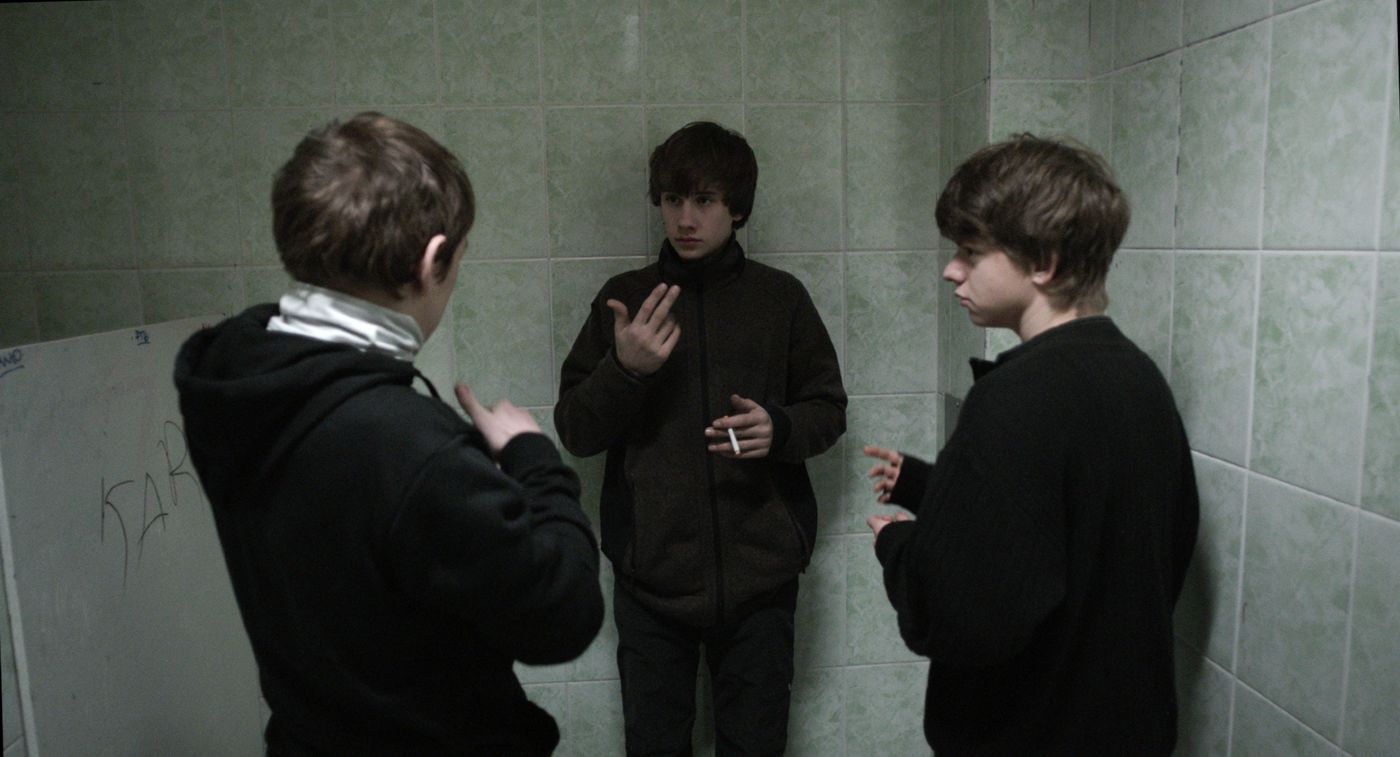
This is one of the more unique and challenging film experiences you are likely to have, as Director Miroslav Slaboshpitsky does not provide viewers with many of the usual mechanisms used for understanding.
Set in a Ukrainian boarding school for the deaf, there is no dialogue and all exchanges between characters are carried out in sign language, leaving viewers to decide for themselves the meaning and significance of these interactions. Initially, this is difficult, although insight is developed as viewers begin to understand the world in which the film takes place.
To further immerse viewers into the world of these people, there is also no musical score accompanying the film, which, when combined with the sign language, creates an eerie silence to the action. The film centers on Sergey, a new arrival at the school who initially has difficulty navigating his way through the power structure that exists between the students.
Eventually, however, he is in position to become part of the gang, participating in robberies and becoming the pimp for two of the girls who sell themselves at an area truck stop. Sergey falls in love with one of the girls, violates the accepted rules of the gang and sets in motion a tragic series of events. Violent and sexually explicit, the film is also dislocating, as it removes two of the elements most closely associated with the movie going experience. Nonetheless, this is an accomplished and powerful film that challenges viewers on many levels.
9. Kilo Two Bravo (2015)
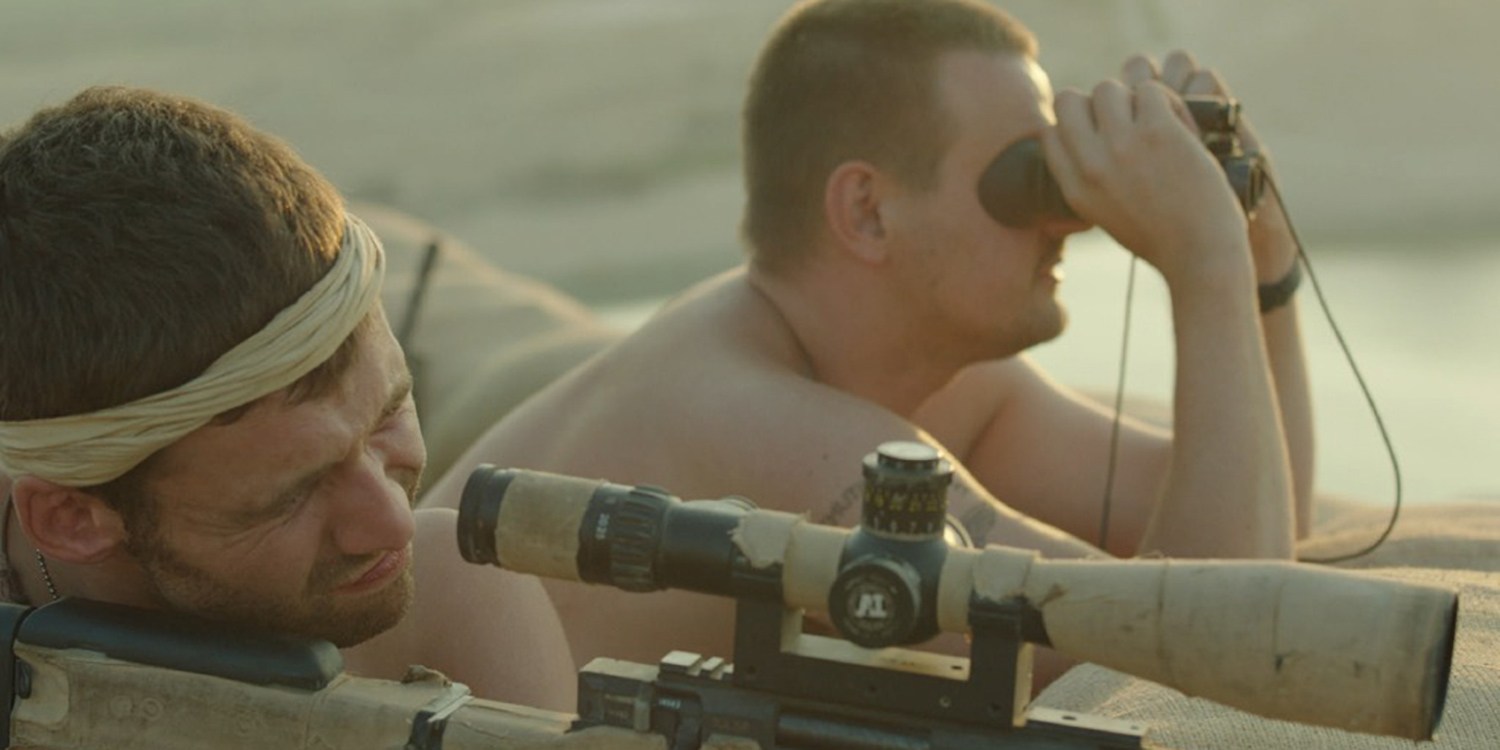
The film tells the true account of a platoon of British soldiers stationed at the Kajaki Dam in Afghanistan in 2006. The film, in fact, was originally released under the Kajaki title. By casting relatively unknown actors, first time Director Paul Katis removes the distraction of focusing on a known face and forces viewers to place their attention entirely on the harrowing story as it unfolds, creating an almost documentary like experience.
One day, members of the platoon are sent on patrol in order to combat a Taliban roadblock. As they move through the desolate landscape toward their enemy, they inadvertently wander into an active minefield that may encompass the entire valley. A soldier detonates a mine is seriously wounded, and as other members of the platoon attempt a rescue, further casualties ensue.
Due to the density of the minefield, getting to the wounded soldiers to provide medical treatment is extremely dangerous and a potential helicopter rescue is delayed several times due to the danger of landing in the area. The soldiers can’t leave, are seriously wounded, and are desperately short of medical supplies.
The minefield scenes are viscerally portrayed with very graphic displays of war related injuries and the tension is escalated to an almost unbearable level, as evidenced by a scene in which a rock tumbles down the hillside and into the active minefield. The film has the rare distinction of achieving a 100% score on Rotten Tomatoes.
10. The Fencer (2017)
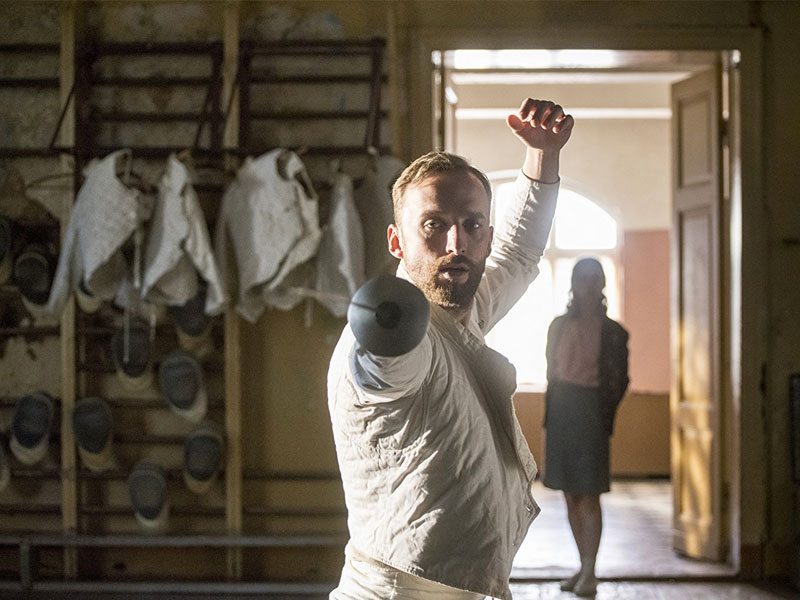
The film received a Golden Globe nomination for best foreign language film and tells the story of Endil Nelis, a renowned Estonian fencer and coach. Forced to leave Leningrad to escape the secret police, Endil returns to Estonia and takes a job as a teacher at a school where many of the students have been orphaned as a result of the Russian occupation. Endil quickly begins teaching the students fencing and serves as a mentor and role model for many.
Over time, his bond with the children continues to develop and his fencing program becomes increasingly popular and successful. Jealous of Endil and his rising status, the school principal has his past investigated for information that may be used against him.
The children continue to progress and eventually have an opportunity to attend a national fencing tournament in Leningrad, leaving Endil with the decision of whether to place himself in danger or disappoint the students to whom he has dedicated so much time and love.
While this is a traditional, straight forward story, it is filmed, acted, and directed so proficiently that it elevates itself above many similarly themed movies. Finnish Director Klaus Haro handles the material with tremendous care and delivers an engaging and uplifting story that creates an honestly won emotional impact on viewers.
Author Bio: Greg Smith is a life long film enthusiast who has just returned to Canada after over five years in Asia. He has been involved with a film alternative in Canada as both a writer and board member and has also published poetry in various journals.